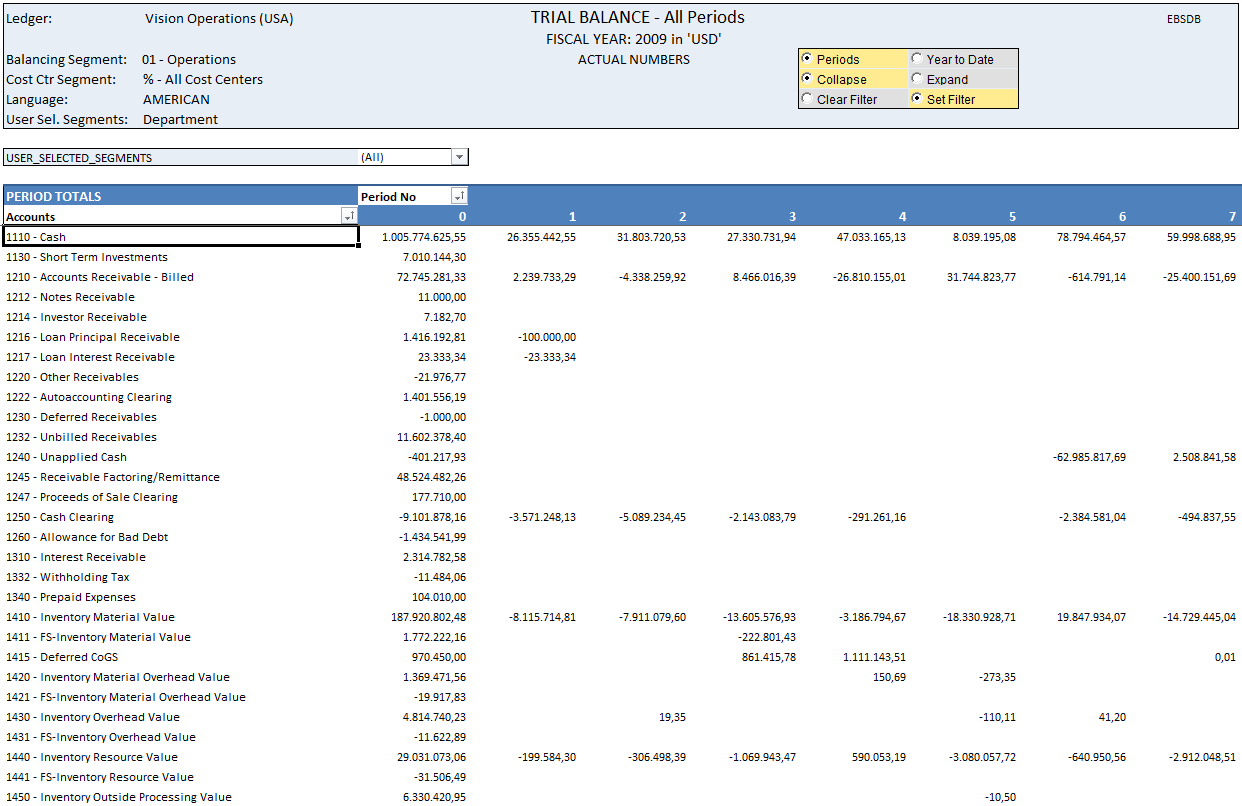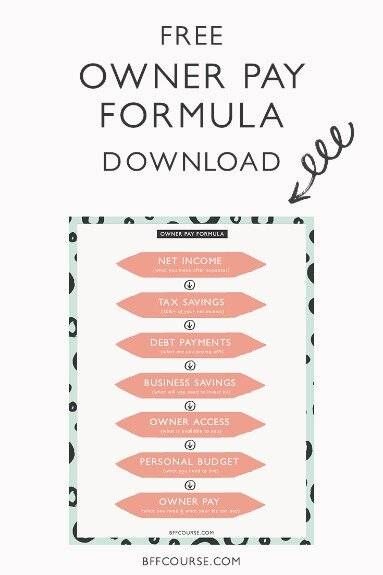Yes, We are presently processing Payroll for Number of clients in US , UK and Australia and take care of complete payroll activities. We prepare a checklist of information required for bookkeeping and send you at timely intervals so as to ensure that we can do bookkeeping faster. We also manage VAT, BAS, Sales Tax and Indirect taxes for you so you are always ready at the end of the financial year. Budgeting is a very important aspect of the accounting process of the business.
As we pass the halfway point of 2023, it is time to consider how law changes will affect your business in the year-end to come and what items have changed from the previous year. We recommend having a reliable method to manage receivables and establish formalized credit policies with your customers, to help maintain consistently cashflow. Sign up for email notifications and we’ll let you know about new publications in your areas of interest when they’re released. CD-ROM Disclaimer – This software is offered as is, without warranty or promise of support of any kind either expressed or implied. Under no circumstance will the National Academy of Sciences or the Transportation Research Board (collectively “TRB’) be liable for any loss or damage caused by the installation or operations of this product. You’re no stranger to the importance of haulage and freight companies in the global supply chain.
- There are different ways to organize files, depending on what you need to store.
- We also meticulously track any and all receivables that have been made or are still owed to us.
- Transportation companies are dealing with an increasing amount of data that must be processed and recorded accurately to provide meaningful insight to stakeholders.
- Many trucking companies are eligible to recover GST/HST already paid on purchases.
- In the event of bad weather, not only do your operations become more complicated, but your suppliers may also have setbacks, and your existing clients may opt to increase their purchases.
In addition to keeping records of your expenses, you should have documents that prove their validity, such as receipts, trip logs, and account statements. All businesses need to keep track of their expenses, but it’s more challenging in some industries than others. Unfortunately, trucking is a business that requires you to be particularly diligent in your record keeping. The cash basis involves recognizing revenues when you receive payments and deducting expenses when you pay them. As a result, many truck drivers handle a significant portion of their bookkeeping without much assistance.
Logistics,
Any trucking company, regardless of its size, can benefit from industry-specific accounting software. Not only does it simplify accounting tasks, but it also offers integration with other features like logistics management. QuickBooks is highly popular among trucking companies and other small businesses.
- Ineffective and inefficient decision-making may emerge from the inability of antiquated accounting systems to process large amounts of data.
- Due to the complexities of these variegated businesses, professional assistance is critical.
- A chart of accounts is a list of all accounts available for recording transactions in your accounting software program if you use one or a general ledger if you don’t.
- The accrual method of accounting provides a more complete and accurate picture of a company’s operations and matches the expenses to the same period as the revenue.
- We understand the demand for great freight management accounting and we abided to deliver it.
No matter your fleet size or how long you have been in business, it is crucial to understand basic accounting terms and financial documents. Accounting explains your company’s financial history, health and overall performance. Without a good understanding of this information, you won’t know if you are succeeding or failing. That limits your ability to make informed decisions, operate effectively and position your company for future growth.
While taken separately, those tasks can be time-consuming they become easier when utilizing a comprehensive bookkeeping software program. The best bookkeeping software syncs with your business bank account and payroll systems so that you’re easily able to import and export transaction history. We’ll cover some of the best business bookkeeping software options a little later. In terms of which expenses use of salvage value in declining balance depreciation methods to track for a small business, the short answer is all of them. Anything that you spend money on–whether it’s your monthly lease payment, utilities, office supplies, or postage fees–should be recorded in your accounting system. And those transactions should be recorded accurately to ensure that you have the correct amounts when you’re ready to deduct business expenses on your taxes.
What is Transportation-In?
But you don’t need to be a magician with your finances to run a successful business. Intelligent document processing allows for the automatic ingestion of data from invoices and utility bills and their integration with ERP systems. Businesses in the logistics industry have long faced challenges related to the unpredictability of operating expenses. Their profit margins and the profitability of their freight bids are extremely sensitive to changes in oil prices and shipping rates. This audit is being conducted as required by the Bond Covenants of the eligible toll facilities.
ways to improve cash flow management
New users have the choice of 50% off for three months or a free 30-day trial with no credit card required. Choose the software that has all the features you need and is within your budget to get the maximum return on your investment. Manage your Payables on daily basis, cost-effectively with reduced invoice discrepancies and disputes. We do Payroll for all countries in all software and comply with all tax formalities of the IRS, HMRC, ATO, etc. We help CPAs to reduce 50 % of their cost by outsourcing recurring tasks to us, with trust and security. We’re business advisors who are ready to provide real-world recommendations and a roadmap to help you reach your goals.
Leverage working capital management
Our cloud-based accounting services eliminate the need for time-consuming paperwork and data entry, allowing you to streamline your business. With cloud accounting, you get to access your financial data anytime and anywhere. It’s not as harmless as you may assume for a small firm to rush through its tax filings and financial statements right before the deadline. The best way to get ready is to make bookkeeping of transportation accounting for regular part of your business’s routine throughout the whole year.
The best trucking accounting software can be a standalone trucking-specific accounting software or a versatile accounting solution that seamlessly integrates with specialized trucking tools. ProTransport is a customizable solution that offers accounting, safety, dispatch, and maintenance functions for fleets of any size. With its accounting module, you can track loads with pending invoices, manage deposits, reconcile bank accounts, calculate taxes, generate financial reports, and more. Transportation company owners manage and balance many duties including the accounting department. This strategy can be ineffective without the proper expertise, oversight and guidance. When considering outsourcing accounting services, transportation companies should carefully evaluate potential accounting firms.
Business Technology Services
They can also create professional invoices on the go and send them to clients or brokers directly from their mobile devices. Self-employed truck drivers needing basic tracking of their income and expenses can even save money with Zoho Books’ free plan. Q7 by Frontline Software Technology is an all-in-one solution that offers a comprehensive set of features tailored specifically to the needs of the trucking industry. It allows you to manage bookkeeping tasks, such as paying bills, sending invoices, and reconciling bank accounts. It also has a powerful fleet maintenance program that will track your fixed assets and help you schedule routine maintenance, whether it’s based on months or miles driven. Travel and transportation services refer to a wide range of businesses and industries that cater to the transportation needs of travelers.
If you’re able to get a few names, you can schedule meetings with those that look promising. During your meeting with them, consider asking the following questions to get a better idea of how well they align with your business. Small businesses that are required to pay estimated quarterly taxes but fail to do so underpay may be assessed a penalty by the IRS. Common categories include asset, liability, equity, revenue, and expense accounts.


